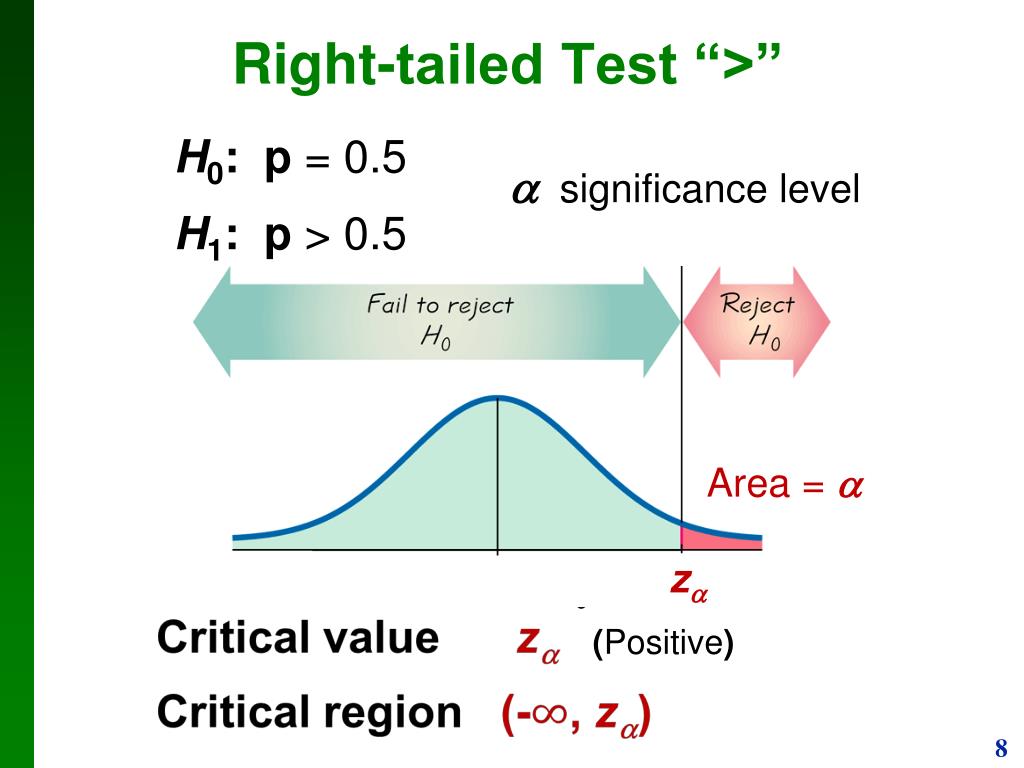

The earliest Near Eastern case of pigment use in an architectural context dates back to the Early Natufian period with a building coated with plaster and red paint from the site of Ain Mallaha-Eynan 22. In mortuary contexts, pigments became prevalent during the Upper Palaeolithic in Europe 13, 14, 15, 16, 17, but in the Upper Palaeolithic Near-East, the number of recovered burials remains relatively small 18, 19, as is the evidence for ochre processing and ochre use 18, 19, 20, 21. Middle Stone Age sites younger than 180 kya in Africa 3, 5, 6, 7, 8, 9 and the Middle East 10, 11, 12 show systematic evidence of red pigment use.

The use of pigments by past societies has been considered as evidence for modern human behaviour based on its association with symbolic activities and rituals 1, 2, 3, 4. Specifically, it suggests that visual expression, ritual performance and symbolic associations were elements of shared long-term socio-cultural practices. This study offers new insights about the social factors involved in pigment use in this community, and contributes to the interpretation of funerary practices in Neolithic Anatolia. Mortuary practices seem to have followed specific selection processes independent of sex and age-at-death of the deceased. A correlation was found between the number of buried individuals and the number of painted layers in the buildings. Cinnabar was mainly applied to males and blue/green pigment was associated with females. The most commonly used pigment was red ochre.

Results reveal that pigments were either applied directly to the deceased or included in the grave as a burial association. This study presents the first combined analysis of funerary and architectural evidence of pigment use in Neolithic Anatolia and discusses the possible social processes underlying the observed statistical patterns. Neolithic Çatalhöyük (Turkey, 7100–5950 cal BC) provides a unique case study for the exploration of links between pigments in burials, demographic data and colourants in contemporary architectural contexts. The cultural use of pigments in human societies is associated with ritual activities and the creation of social memory.


 0 kommentar(er)
0 kommentar(er)
